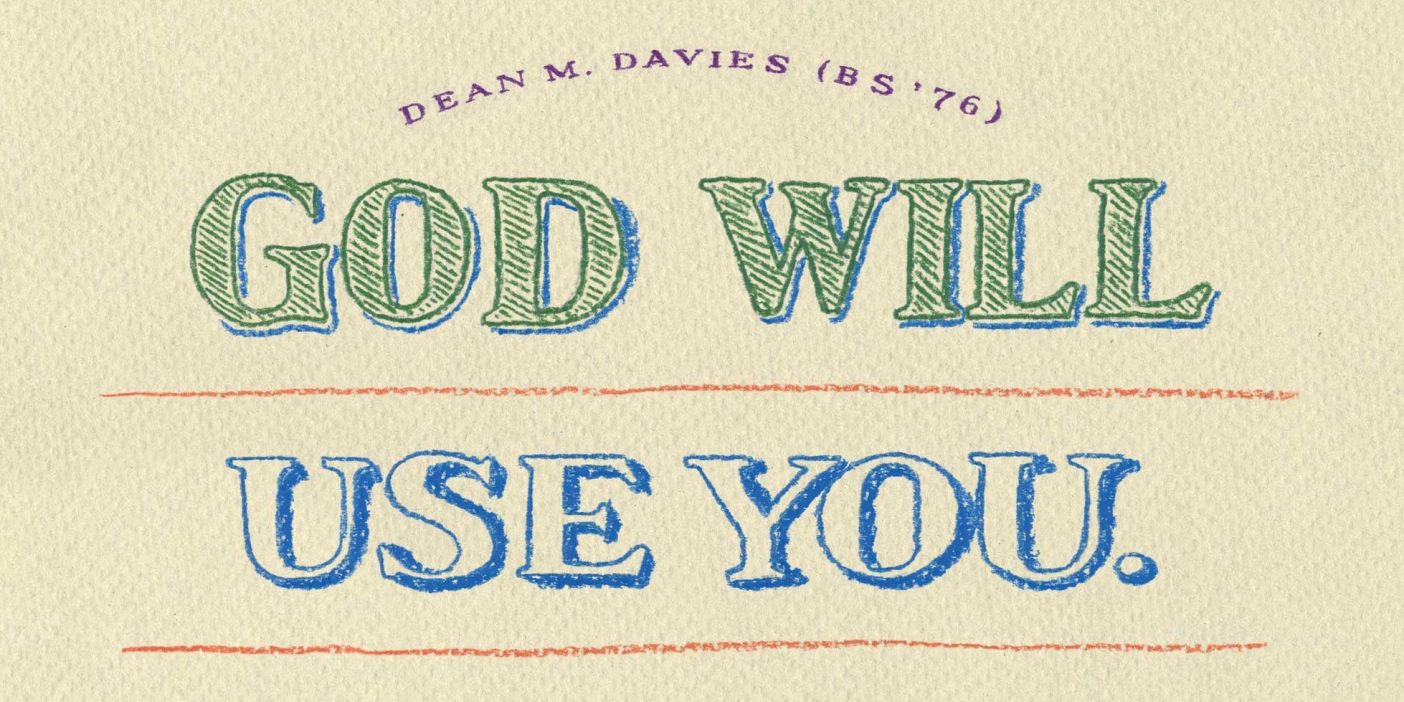The Return of the King
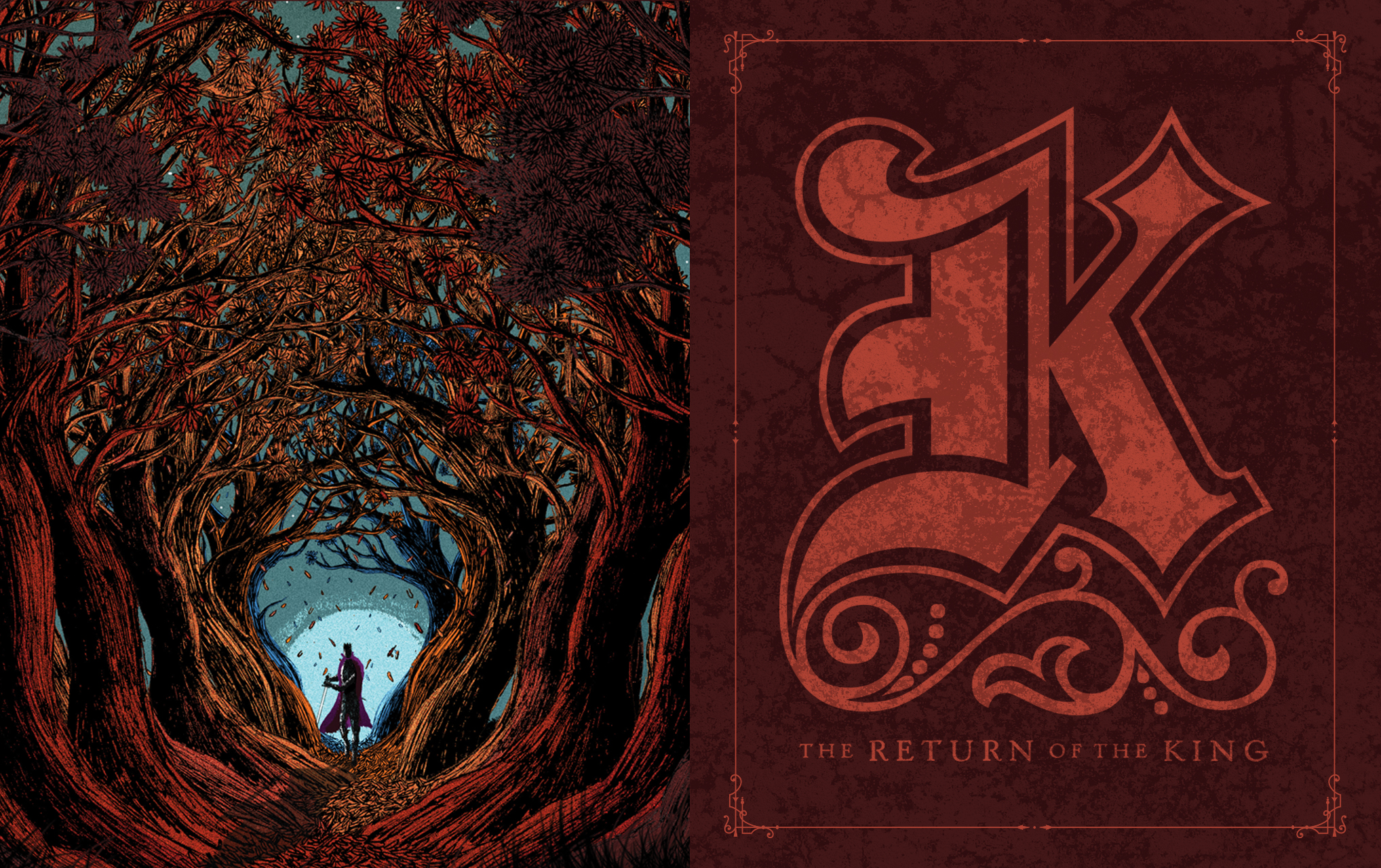
In a time of waning faith, C.S. Lewis and J.R.R. Tolkien invited readers to take courage and join in the last battle.
By Larry Y. Wilson in the Summer 2016 Issue
By Elder Larry Y. Wilson Illustrations by Matt Saunders
We live in a day of technological and scientific marvels. It is also a time of uncertainty—one in which many question whether or not faith and religion have a place in their lives or in the public square.
In fact, there are major changes occurring within this country relating to faith and religion. A recent Pew Research Center study reported a dramatic decline in the share of the U.S. population that identifies as Christian. From 2007 to 2014—in just seven years—it fell by an extraordinary 8 percent. While the drop is occurring across the board, it is especially pronounced among young adults. The unfortunate fact is that faith in God is waning.
This is not the first time in history that such a crisis of faith has loomed. There was a similar period around 100 years ago. As the 20th century opened, the world held great hope and enthusiasm for the future. Science was supplying astounding breakthroughs at every turn, and the world seemed to be rushing toward a modern period when mankind, through its own self-generated progress and technology, might finally be able to solve the ancient problems of our world.
Consider some of the varied discoveries and inventions in just the first decade of the 20th century. The modern escalator was invented—perhaps a kind of metaphor of man’s supposedly inevitable rise. Marconi sent the first transatlantic radio signal. The vacuum cleaner and the tractor were developed—harbingers of liberation from more arduous forms of labor. The Wright brothers launched the first manned flight. Albert Einstein stunned the world with his theory of relativity. Henry Ford produced more than 10,000 cars on the first assembly line of its kind. The world saw its first talking motion picture, and Marie Curie discovered radium.
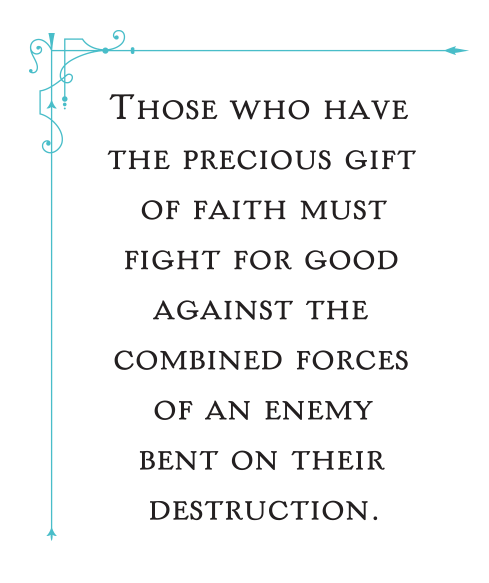
Cultural historian Richard Tarnas characterized the period this way:
Using his own natural intelligence, and without the aid of Holy Scripture’s divine revelation, man had penetrated nature’s mysteries, transformed his universe, and immeasurably enhanced his existence. . . . His own wits and will could change his world. Science gave man a new faith—not only in scientific knowledge, but in himself.
This period of time gave rise to what is known as “the myth of progress”—that is, the idea that mankind was somehow destined to rise inexorably on this wave of scientific progress to a new Eden. So it was that on the eve of the First World War, as the quest for power and political dominance reared its ugly head yet again in Europe, the response was a sadly naïve one: if a war must be fought because of the aggression of certain nations, then it must be fought, but most saw it as “the war to end all wars.”
However, World War I did not end all wars. The staggering cost of this conflict dealt a terrible blow to prewar optimism. World War I was expected to be brief; however, it lasted more than four years. By its end, “more than nine million soldiers lay dead and another 37 million were wounded.” New technologies such as machine guns, high-explosive shells, poison gas, and the movement of troops by railway meant that men could be killed more efficiently than in any previous war. And they were.
On average, there were roughly 6,000 men killed every day of the war. Twenty-five percent of France’s young men died in the war. In the face of such overwhelming tragedy, Christianity seemed irrelevant to many Europeans and Americans.
Added to the blow of World War I’s terrible carnage was the death toll of Spanish influenza in 1918. It infected half a billion people and is estimated to have killed between 3 and 5 percent of the world’s population, making it one of the deadliest diseases in human history.
To many, the cosmos seemed to be indifferent and uncaring. Many of the old celebrated values—such as honor, sacrifice, and patriotism—seemed hollow. The realities of the new type of war were staggering. The horror of seeing men blown apart and then watching and smelling their corpses rot for weeks in the cold mud of the trenches tried the faith that had sent men to fight for king, for country, and for God.
As a result, the postwar decades of the 1920s and 1930s were decades of disillusionment and cynicism. Faith in God was questioned widely and openly. The notion of inevitable progress was shattered and replaced by a feeling of helplessness and despair. Literature after the war reflected this bleak view, as in Ernest Hemingway’s A Farewell to Arms and Erich Remarque’s All Quiet on the Western Front.

Many hoped that the lessons learned in World War I would prevent another world war. Nevertheless, just two decades later the world descended into a second global conflict.
Then, in the postwar years, disillusioned men and women began turning to other things—newer gods that promised to save mankind where the Christian and Hebrew gods had seemingly failed.
Communism was particularly alluring to the postwar generations. But whatever gains were made by the forced socialization of countries in the name of communism came at a terrible cost in human lives and human dignity. Millions died in purges and famine. In truth, more people died at the hands of communist dictators than died in both world wars.
Other war-weary souls turned to hedonism—the “eat, drink, and be merry” (Luke 12:19; 2 Ne. 28:7–8) philosophy that characterized the Roaring Twenties. We might lump in with this group the morally chaotic years that followed the so-called “sexual revolution” of the 1960s. But turning to the pleasures of the flesh has produced in our own time unprecedented levels of divorce and family breakdown, as it inevitably will.
Perhaps the greatest number of those disillusioned with the death of the old world order turned to science. Even though some thoughtful observers pointed out that it was science that had provided the efficient killing tools that made the two world wars so deadly, science still seemed to be an attractive solution. At least by applying the scientific method, many supposed, one could know truth with certainty.
People turned to Charles Darwin’s evolutionary hypothesis to explain how we got here and to Sigmund Freud’s theories to explain why people do what they do. However, science proved to be a disappointing god. We enjoy so many benefits from science, but it cannot provide eternal truths by which to guide our lives. And it became apparent that scientists too were human—men and women who have the common weaknesses and frailties shared by all. Over time, science proved that it could be a worthy servant but that it made a poor master.
The Turn of the Tide
Not long after World War II ended, two works of literature appeared that went remarkably against the tide of despair. They were The Chronicles of Narnia, by C. S. Lewis, and the trilogy of The Lord of the Rings, by J. R. R. Tolkien. These two men had both been soldiers in World War I and had seen its death and horrors up close. Both men had lost many of their closest friends to the war, but, remarkably, neither succumbed to the cynicism and atheism that was so often the war’s aftermath. Following the war, Lewis and Tolkien went on to become university professors and fast friends. They taught a generation of students struggling to make sense of the world at a time when faith was openly questioned. Their stories celebrate courage, honor, brotherhood, and faith—especially faith.
What might we learn from these men as we also face a time when faith is ebbing from the world? Lewis and Tolkien’s message for the next generation was not that faith in God had failed but rather that faith must be viewed in its proper setting. That proper setting was the fallen world, in which those who have the precious gift of faith must fight for good against the combined forces of an enemy bent on their destruction.
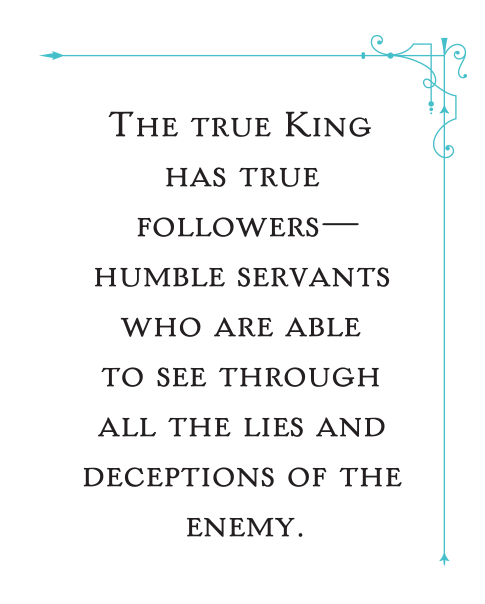
When my wife and I were raising our four children, we loved to read The Chronicles of Narnia to them. Perhaps you are familiar with the fantastical world of Narnia, where animals can talk and witches turn their enemies to stone. Narnia is discovered by four human children who find their way into it through a magical wardrobe. However, the power in these books derives not from flights of fantasy but from the compelling Christian symbolism that permeates them. Lewis conveys his own absolute belief in the reality of Jesus Christ through his creation of Aslan, the lion who serves as a redeemer for the world of Narnia. For Lewis, Christ was the most beautiful and important reality in our world.
Tolkien’s Lord of the Rings trilogy is another fantasy classic, which tells of a quest to destroy the powerful and evil One Ring in the fires of Mount Doom. It too seems to be about creatures and places that never existed. And yet what made it the most popular book in the 20th century, second only to the Bible, is not its fantasy but its realism. It is not just about brave hobbits fighting the armies of Mordor but about the heroism in all of us—seemingly little people—who must fight against the evil of our own day in whatever way we can, calling on an inner strength we didn’t know we had as we do our part in the great struggle that is always going on between ultimate good and ultimate evil.
Some contemporaries criticized these two literary calls to faith. They accused Lewis and Tolkien of hearkening after virtues of a world long past.
Into a world swirling with such alternatives to a seemingly discredited Christianity, C. S. Lewis and J. R. R. Tolkien sent their tales of heroic quests. Both works surprised critics with their popularity. It was as if they had splashed cold water on the faces of their readers, reminding the downhearted that the world had always been a place where good and evil fought for dominance in the human heart.
One ever-present constant in their works is the realityof evil—indeed, a personified, ultimate enemy of all that is good. War did not evidence to Lewis and Tolkien that there was no God but that there was a devil. If we do have faith, then we must hold on to that faith amid the constant struggle that goes on in the world between the light and “the Shadow,” as Tolkien called it.
This is a fallen world. The scriptures call Satan “the prince of this world” (John 12:31; D&C 127:11). The works of both Lewis and Tolkien contained satanic figures who sought to cruelly dominate human beings—the White Witch in one case, Sauron in the other.
What does mankind need in such a world? We need forces to counter the boundless evil and a hero to lead those forces—a savior, if you will. On their own, all the characters in the stories we identify with come to a point of their own failure. They need someone stronger than they are.
Surely part of the great appeal of The Chronicles of Narnia and The Lord of the Rings trilogy is the longing we discover within ourselves for a champion to fight those battles we cannot fight. Listen to the description of the hero Aragorn at the trilogy’s ending. What does it sound like to you?
But when Aragorn arose all that beheld him gazed in silence, for it seemed to them that he was revealed to them now for the first time. Tall as the sea-kings of old, he stood above all that were near; ancient of days he seemed and yet in the flower of manhood; and wisdom sat upon his brow, and strength and healing were in his hands, and a light was about him. And then Faramir cried:
“Behold the King!”
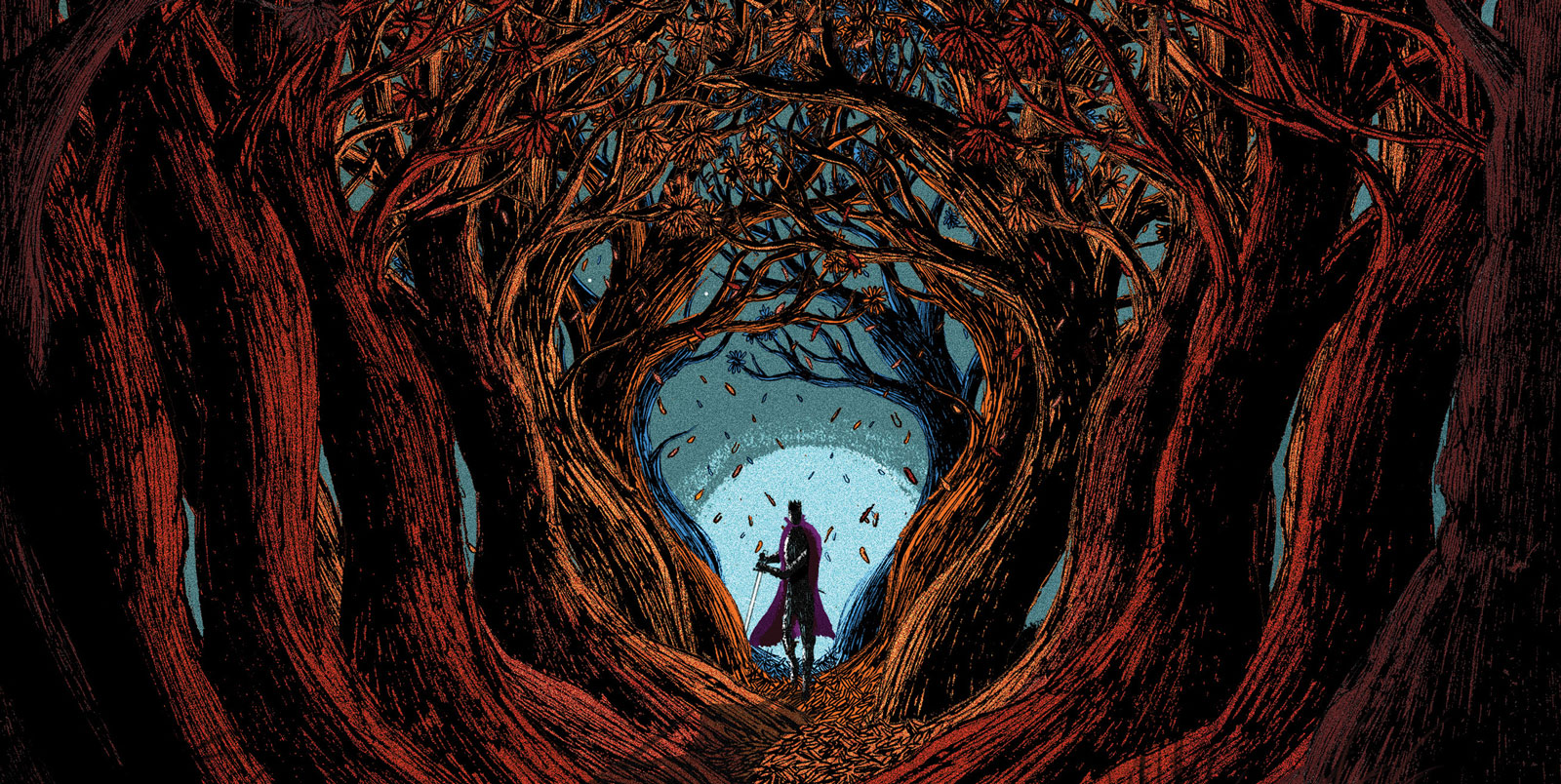
We Too Await the Return of a King
The New Testament mentions Christ’s return 318 times in 260 chapters. Clearly the Lord intended for us to think about this and to be ready for it. The chief metaphor of the New Testament relating to the Second Coming is that of a servant who is prepared for his or her master’s return.
We can sometimes forget exactly what the great hope of Christianity is. It is not that Jesus Christ will fulfill all of our own natural aspirations for happiness. It is hope in a triumphant future that only God can and will provide.
Each of us faces a choice. We can choose to see ourselves as the Lord’s servants and humbly seek to know what He wants us to do with the talents and time He has given us. As such, we can seek to enlarge His kingdom and prepare it for His return. Or we may imagine that the story is all about us. Too many fall into this trap. They forget that they are His servants and begin to imagine that He is theirs. They think erroneously that Christ came to make all their dreams come true. For those in such a trap, prayer becomes like dropping memos on a desk in a heavenly office: “Could you please take care of this as soon as possible?”

In the Lewis and Tolkien stories, the good guys are always humble about the lives they find themselves living. They know that they are part of a larger story, and they seek to carry out that part with faithful hearts. Frodo once expressed his wish that he did not have to undertake such a difficult task. “So do I,” Gandalf replied, “and so do all who live to see such times. But that is not for them to decide. All we have to decide is what to do with the time that is given us.”
Lewis and Tolkien rejected both a faithless view of life and an egocentric one. Their heroes understood that pain and loss would occur in this life but that ultimate victory would be theirs. In these stories many are the defeats and great is the suffering that the truest servants endure while fighting for good in this world. In both Narnia and Middle Earth, hope was in the ultimate return of the king. You too find yourself in a world of conflict between good and evil. You too must decide what part you will play.
The quality of faith in Lewis’s and Tolkien’s works is not like the vague, undemanding spirituality that appears to be the preferred belief system of the millennial generation. It seems that no one wants to be labeled judgmental today, so our world has posited gods for itself that never judge and are never stern. They only affirm us and never deny us of anything we want.
But that is not what Lewis and Tolkien believed. Especially in the figure of Aslan, Lewis described a loving but stern God who came to save us from our sins and not in our sins. As we raised our own children, my wife often quoted a phrase from The Chronicles of Narnia to them: “Aslan is ‘not a tame lion.’”It was a way to explain that we must come to eternal life on His terms, not our own. We must accept God’s will for our lives even when we don’t fully understand it. Listen to this interchange in The Silver Chair, one of the books in The Chronicles of Narnia:
“Are you not thirsty?” said the Lion.
“I’m dying of thirst,” said Jill.
“Then drink,” said the Lion. . . .
“Will you promise not to—do anything to me, if I do come?” said Jill.
“I make no promise,” said the Lion. . . .
“Do you eat girls?” she said.
“I have swallowed up girls and boys, women and men, kings and emperors, cities and realms,” said the Lion. It didn’t say this as if it were boasting, nor as if it were sorry, nor as if it were angry. It just said it. . . .
“Oh dear!” said Jill, coming another step nearer. “I suppose I must go and look for another stream then.”
“There is no other stream,” said the Lion.
And that is the gospel’s message: “There is no other stream.” Only one stream contains the water of eternal life. We find a similar metaphor in Lehi’s vision of the tree of life. There is only one path that leads to the tree of life. The path is often obscured by mists of darkness emanating from an evil source. Without a hand on the iron rod, some wander in what are called “strange paths”—and our world is full of such paths. All who followed those paths were lost (see 1 Ne. 8:20–32). We must be humble enough to follow His path and not our own.
My dear brothers and sisters, the enemy of your souls will entice you to take these strange paths, to devote your precious life not to building God’s kingdom but to any other cause. From Satan’s point of view, any cause will do if it diverts God’s children from the one path that allows them to hold fast to the iron rod and thus receive ongoing revelation.
This world is full of alternatives that, if they become one’s primary focus, can crowd God Himself out of our lives—alternatives such as social media, fulfilling a bucket list, making lots of money, or having an obsession with sports or social causes. There are endless paths in our world other than the one that leads to the tree of life. Lewis summed up the conclusion that William Law, an 18th-century clergyman, had come to: “If you have not chosen the Kingdom of God, it will make in the end no difference what you have chosen instead.”
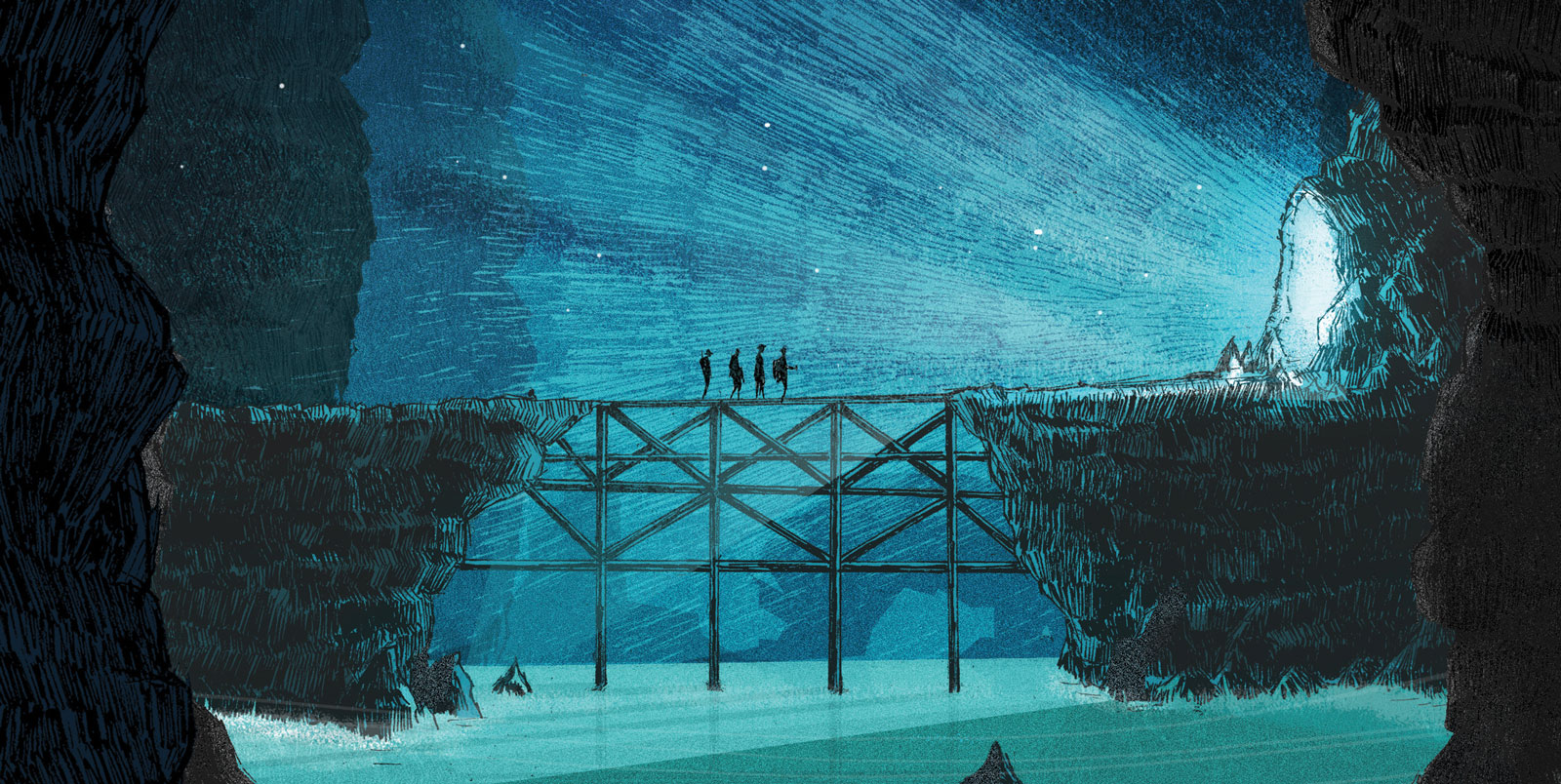
So please remember, there is a story line to this world’s history. It is an epic tale. It involves a true King who is hidden from the world’s sight for a time while His kingdom is ruled over by a wicked pretender to the throne—a cruel despot who seeks to rule by war, blood, and horror. But the true King has true followers—humble servants who are able to see through all the lies and deceptions of the enemy and who seek to build allegiance to the true King. They seek to prepare a people who will be ready to receive Him when He comes in glory and defeats the false king, rewarding those who look forward to His coming.
Lewis and Tolkien are examples of those who saw the ultimate reality behind all of this world’s conflicts and inequities, its burdens and sorrows. They knew, as we read in Ether 4:12, that “good cometh of none save it be of [Jesus Christ].” That is also my testimony.
In one of our cherished sacrament hymns, we sing, “Jesus, once of humble birth,” remembering how the King of Kings was born in a lowly stable. But the song goes on:
Jesus, once of humble birth,
Now in glory comes to earth.
Once he suffered grief and pain;
Now he comes on earth to reign.
. . .
Once forsaken, left alone,
Now exalted to a throne.
As you think of the Christ child, remember also the sequel to that story: the future return of the King. As you reflect on the stable in Bethlehem, keep alongside it these glorious visions of His return.
And I saw heaven opened, and behold a white horse; and he that sat upon him was called Faithful and True. . . .
His eyes were as a flame of fire, and on his head were many crowns. . . .
And he hath on his vesture and on his thigh a name written, KING OF KINGS, AND LORD OF LORDS. [Rev. 19:11–12, 16]
And so great shall be the glory of his presence that the sun shall hide his face in shame, and the moon shall withhold its light. . . .
And his voice shall be heard: I have trodden the wine-press alone, and have brought judgment upon all people. . . .
And now the year of my redeemed is come; and they shall mention the loving kindness of their Lord, and all that he has bestowed upon them according to his goodness, and according to his loving kindness, forever and ever. [D&C 133:49–50, 52]
If we are prepared for His coming—if we are looking for it—that day will be a great time of reunion and rejoicing. Make your choice, brothers and sisters, to use your time in the cause that matters most—the one that leads to the millennial reign of Jesus Christ.
I bear my testimony to you that He is the true King of this world. Jesus first came as the Christ child, a meek and lowly lamb who offered Himself for our sins. He is going to return in glory to receive the acknowledgment of every tongue and the homage of every knee (see Philip. 2:10–11). May we prepare for the return of our King.
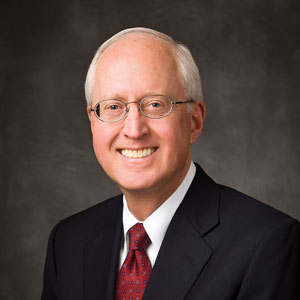
Elder Larry Y. Wilson is a member of the Quorum of the Seventy of The Church of Jesus Christ of Latter-day Saints. This article is adapted from a devotional address given at BYU on Dec. 1, 2015. Full text, audio, and video of this address are available at speeches.byu.edu.
Feedback: Send comments on this article to magazine@byu.edu.


